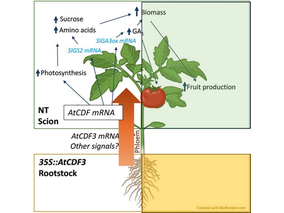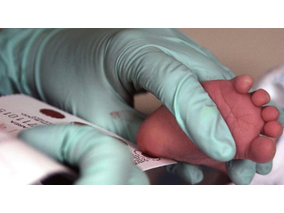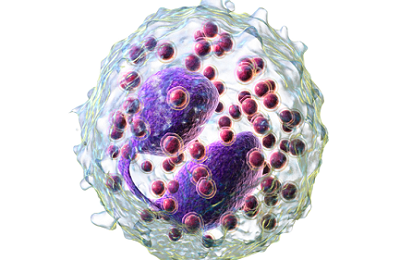In 2009, Elizabeth Blackburn, Jack Szostak and Carol Greider received the Nobel Prize in Medicine for the discovery of the role of telomeres as DNA protectors and activators of the enzyme “telomerase”. Three years later, this prize was awarded to John Gurdon and Shinya Yamanaka for their stem cell research (induced pluripotent, iPS cells).
Both cases show that state-of-the-art medical research is linked to the potential applications of stem cells and telomeres. Cellular aging remains an important parameter when investigating age related diseases. There are thousands of researchers including this new biomarker of cellular senescence in their investigation. But, ¿why would a doctor working with stem cells need to measure his patient’s telomeres?
Telomeres are present in almost all cell types in our body. In stem cells, however, they are longer than usual. Several cellular therapies performed with stem cells are focused on aging and regenerative medicine. Telomere length measurement can determine our biological age, so it contributes to support stem cells rejuvenation medicine.
Telomeres act as biomarkers for the offset of diseases such as cancer. In tumor cells, their shortening speeds up, because of telomerase activity. So, telomeres and telomerase play a role in hematologic malignancies and hematopoietic stem cell transplantation.
iPS cells therapeutic use might open possibilities to contribute to cancer treatment and research. Simultaneously, other investigations are assessing if telomere length may be useful as biomarker for specific kinds of cancer, such as breast, lung or colorectal. Life Length is carrying out a clinical study, called ONCOCHECK, to assess the potential value of telomere length as a biomarker for diagnosis and prognosis of different types of cancer.
Because of this, physicians in the field of stem cells will see the value of measuring telomere length as an effective first step to understand their patients general health and work with more detailed information.

El equipo de investigadores observó cambios en el...

El gen AtCDF3 promueve una mayor producción de az...

Un estudio con datos de los últimos 35 años, ind...

En nuestro post hablamos sobre este interesante tipo de célula del si...

La investigación, liderada por la Dra. Cristina Fornaguera, estudia e...
Portal de biotecnología en España
¡Suscríbase a nuestro newsletter para estar al día con las últimas noticias y ofertas!
2013 © Biotech-Spain.com - Site Developments SL. Todos los derechos reservados. Terminos y Condiciones | Política de Privacidad
Articles
Directory
